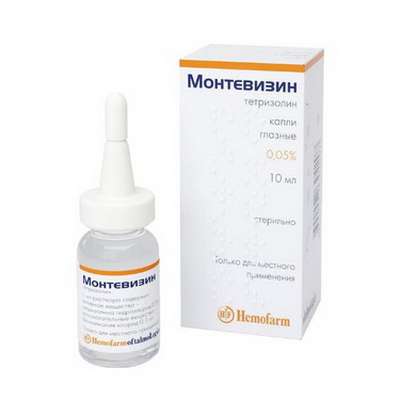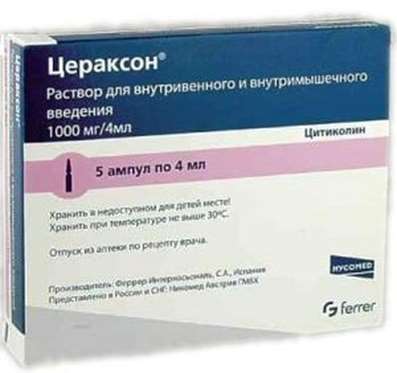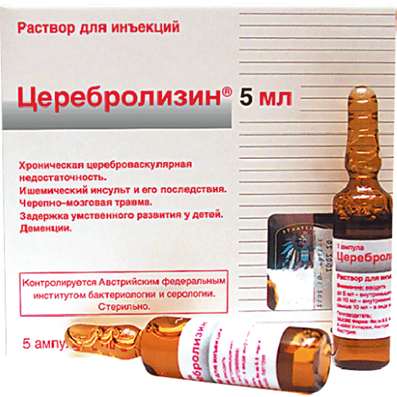Instruction for use: Dexpanthenol-Hemofarm
I want this, give me price
Active substance Dexpanthenol
ATX code D03AX03 Dexpanthenol
Pharmacological group
Vitamins and vitamin-like remedies
Dermatotropona funds
Regenerants and reparants
Nosological classification (ICD-10)
L22 Diaper dermatitis
Children's eczema, Diaper rash, Erythema from diapers
L30.4 Erythematous intertrigo
Erythema of the buttocks, Dermatitis traumatic, Intertrigo, Interdigital intertrigo
L30.9 Dermatitis, unspecified
Allergic dermatoses complicated by a secondary bacterial infection, Anal eczema, Bacterial maturation, Varicose Eczema, Venous dermatitis, Inflammation of the skin, Inflammation of the skin upon contact with plants, Inflammatory Skin Diseases, Inflammatory skin reactions, Inflammatory processes of the skin, Hypostatic dermatitis, Fungal Eczema, Fungal dermatosis, Dermatitis, Dermatitis is stagnant, Dermatitis and eczema in the anal area, Dermatitis acute contact, Perianal dermatitis, Dermatosis, Dermatosis of the scalp, Dermatosis of psoriasis, Dermatosis with persistent itching, Dermatoses, Dermatoses itchy, Other itching dermatoses, Significant eczematous manifestations, Itching with, dermatoses, Itching eczema, True eczema, Skin reaction to insect bites,Skin itching with dermatosis, Constitutional eczema, Weeping eczema, Drowsing inflammatory skin disease, Dying Infectious-Inflammatory Skin Disease, Non-allergic dermatitis, Nummular eczema, Acute contact eczema, Acute inflammatory skin disease, Acute dermatosis, Acute severe dermatosis, Perianal dermatitis, Superficial dermatosis, Subacute Contact Eczema, Simple dermatitis, Occupational dermatitis, Psychogenic dermatosis, Bubble dermatitis of newborns, Pustular eruptions, Irritation and redness of the skin, Low-flammable eczema, Dry atrophic eczema, Dry eczema, Toxic dermatitis, Ear eczema like dermatitis, Chronic eczema, Chronic dermatosis, Chronic common dermatosis, Scaly papular dermatosis, Eczema, Eczema anal region, Eczema of the hands, Eczema Contact, Eczema lichenized, Eczema Nummular, Eczema acute, Eczema acute contact, Eczema subacute, Eczematous dermatitis, Eczema-like rashes, Ecome exogenous, Endogenous eczema, Gluteal dermatitis, Restricted itchy dermatitis
L55 Sunburn
Solar burns
L56.8 Other specified acute skin changes caused by ultraviolet radiation
Skin irritation after sun exposure, Sunburn
L58 Radiation dermatitis radiation
Radiation injury of the skin, Radiation skin lesions, Radiation damage to the skin and mucous membranes, Skin lesion with radiation therapy, Irritation after exposure to X-rays, Radiation damage to the skin, Radio-epileleitis, Radiation acute syndrome
L89 Decubital ulcer
Decubital gangrene, Bedsores, Bedsore, Secondary-infected bedsores, Gangrene decubital
L98.4.2 * Trophic skin ulcer
Varicose ulcer, Varicose ulcers, Cutaneous ulcer, Non-healing ulcers, Trophic ulcer, Trophic ulcer of lower leg, Trophic skin lesions, Trophic after-burn ulcers, Trophic ulcers, Trophic skin ulcers, Ulcer of lower leg, Ulcer of skin, Ulcer of trophic skin, Ulcer on legs, Ulcerative necrosis of the skin, Ulcer of shin, Ulcer of the lower leg, Ulcers of lower extremities, Difficult healing ulcers
N64.0 Fissure and fistula of the nipple
Dryness and painful nipples cracking, Cracks in the nipples of nursing mothers, Cracks in the nipples of nursing women, Cracked nipples
O92.1 Nipple associated with childbirth
Cracks in the nipple area, Cracks in the nipples of breastfeeding mothers, Cracked nipple, Inflammation of the nipple of breast in nursing mothers
R23.8.0 * Dryness of the skin
Dry skin on large areas of the skin, Dryness of the skin in violation of the integrity of its covers, Dryness of the skin,Skin peeling
T14.1 Open wound of unspecified body region
Secondary healing processes, Sluggishly granulating wounds, Sluggishly healing wounds, Sluggish wounds, Deep Wounds, Purulent wound, Granulating wounds, Prolonged non-healing wound, Long-lasting non-healing wound and ulcer, Long-lasting non-healing soft tissue wound, Healing of wounds, Wound healing, Capillary bleeding from superficial wounds, Bleeding wound, Radiation Wounds, Slowly epithelializing wounds, Minor cuts, Suppurated wounds, Violation of wound healing processes, Breach of skin integrity, Violations of the integrity of the skin, Violations of the integrity of the skin, Small cuts, Uninfected wounds, Uncomplicated wounds, Operating wound, Primary treatment of surface contaminated wounds, Primary wound treatment,Primary-delayed treatment of wounds, Poorly cicatrizing wound, Poor wound healing, Bad wound, Superficial injury, Superficial wound with mild exudation,Wound, The wound is large, Bite wound, Wound process, Wounds, Wound healing wounds, Stump Wounds,Wounds for gunshot, Wounds with deep cavities,Difficult healing wounds, Difficult wounds, Chronic Wounds
T30 Thermal and chemical burns, unspecified
Pain syndrome with burns, Pain in burns, Pain with burns, Sluggishly healing post-burn wounds, Deep burns with a wet scab, Deep burns with abundant compartments, Deep burn, Laser burn, Burn, Burn of rectum and perineum, Burn with mild exudation, Burn disease, Burn injury, Superficial burn, Superficial burn of I and II degree, Superficial skin burns, After-burn trophic ulcer and wound, Post-burn complication, Loss of fluid in burns, Sepsis burn, Thermal burns, Thermal skin lesions, Thermal burn, Trophic after-burn ulcers, Chemical burn, Surgical burn
Composition and form of release
Ointment for external use 1 g
dexpanthenol 50 mg
auxiliary substances: concentrated glycerin; petroleum jelly white; lanolin anhydrous; liquid paraffin; paraffin wax; purified water; Stearyl alcohol; cetyl alcohol
in a tube 30 g; in a pack of cardboard 1 tuba.
Characteristic
Homogenous ointment from white to pale yellow.
pharmachologic effect
Pharmacological action - regenerating, metabolic.
The pantothenic acid derivative (dexpanthenol) is converted into pantothenic acid (a component of coenzyme A) in the body and participates in the processes of acetylation, carbohydrate and fat metabolism, in the synthesis of acetylcholine, glucocorticosteroids, porphyrins, normalizes cellular metabolism, accelerates mitosis and increases the strength of collagen fibers. Has a weak anti-inflammatory effect.
Pharmacokinetics
When topical application is rapidly absorbed and converted to pantothenic acid. It binds to plasma proteins (mainly with beta-globulin and albumin).
Indications
Superficial small skin lesions (abrasions, burns, including solar, aseptic postoperative wounds, poorly healing skin grafts, trophic ulcers of the lower leg, decubitus, dermatitis, nipple cracking in nursing mothers, diaper rash in children) and soft tissues.
Contraindications
Hypersensitivity, hemophilia.
pregnancy and lactation
Possible
Side effects
Allergic reactions.
Dosing and Administration
Locally, 2-3 times a day, apply a thin layer on the affected surface. Breastfeeding mothers lubricate the nipple surface after each breast-feeding. Breast children are lubricated with back, buttocks and inguinal area after each change of underwear or water treatment.
special instructions
Treatment of poorly healing skin grafts and trophic ulcers is carried out under the supervision of a physician. Do not apply to dying wounds.
storage Conditions
At a temperature of 15-25 ° C.
Keep out of the reach of children.
Shelf life
5 years. After opening the package - 3 months.
Do not use after the expiry date printed on the package.

 Cart
Cart





